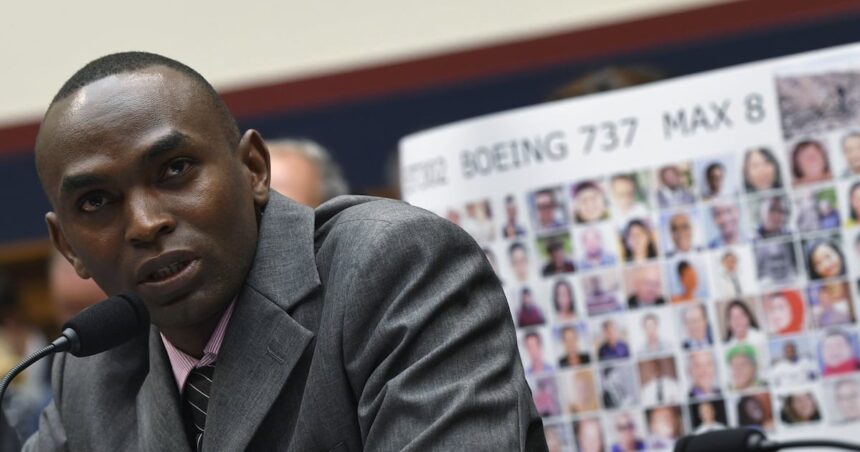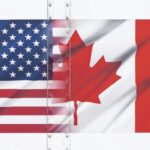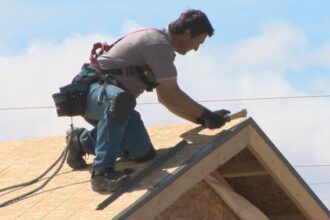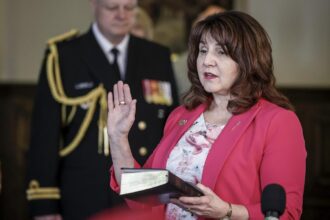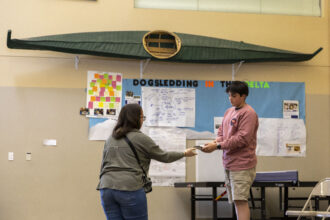In a landmark resolution that punctuates one of aviation’s darkest chapters, Boeing has reached a settlement with Canadian resident Paul Njoroge, who lost his entire family in the devastating Ethiopian Airlines Flight 302 crash. The March 2019 disaster, which claimed 157 lives when the Boeing 737 Max plunged into the ground shortly after takeoff from Addis Ababa, has finally yielded some measure of closure for at least one grieving survivor.
Njoroge, who lost his wife, three children, and mother-in-law in the crash, became a powerful voice in the aftermath of the tragedy. His heart-wrenching testimony before the U.S. Congress in July 2019 painted a devastating portrait of loss that resonated globally.
“I think about their last six minutes a lot,” Njoroge told lawmakers during that emotional hearing. “My wife and my mom-in-law knew they were going to die. They had to somehow comfort the children during those final moments, knowing they were all going to die.”
Financial terms of the settlement remain confidential, but the agreement comes as Boeing continues its efforts to resolve litigation stemming from both the Ethiopian Airlines crash and the earlier Lion Air Flight 610 disaster in Indonesia that killed 189 people in October 2018. Both accidents involved the same aircraft model and resulted from similar malfunctions in the plane’s Maneuvering Characteristics Augmentation System (MCAS).
The settlement announcement coincides with the ongoing criminal trial against Boeing in Texas, where the aerospace giant faces charges of fraud conspiracy related to its development of the 737 Max. The U.S. Justice Department has alleged that Boeing misled regulators during the aircraft’s certification process, prioritizing profit over safety.
Court documents revealed last month that Boeing has now settled approximately 95% of the wrongful death claims from both crashes. Industry analysts at CO24 Business estimate the total cost of these settlements could exceed $2.5 billion.
The 737 Max crashes triggered a 20-month global grounding of the aircraft type, the longest in commercial aviation history. The grounding only ended after Boeing implemented comprehensive software changes, revised pilot training protocols, and faced heightened regulatory scrutiny. Canadian authorities at Transport Canada were among the last to recertify the aircraft, imposing additional safety requirements beyond those mandated by the U.S. Federal Aviation Administration.
For Canada, where 18 citizens perished in the Ethiopian crash, the Boeing settlements represent a significant chapter in a story that continues to impact national transportation policy. Last year, Transport Canada announced enhanced oversight measures for all Boeing aircraft entering Canadian fleets, including independent verification of safety systems.
“Boeing’s settlements acknowledge responsibility, but they cannot erase the systemic failures that led to these tragedies,” said aviation safety expert Julien Tremblay of the University of Toronto. “Canadian regulators must maintain their vigilance to ensure similar engineering and certification lapses never happen again.”
Boeing CEO Dave Calhoun, who took the helm in January 2020 in the wake of the crisis, has repeatedly emphasized the company’s commitment to rebuilding trust. However, recent quality control issues with other Boeing aircraft models have raised questions about whether the necessary cultural transformation has truly taken root within the company.
As the criminal trial proceeds and additional settlements are finalized, a fundamental question remains for the aviation industry and its regulators: Have we learned enough from these tragedies to prevent similar disasters, or will commercial pressures eventually erode the safety lessons purchased at such an unconscionable price?

